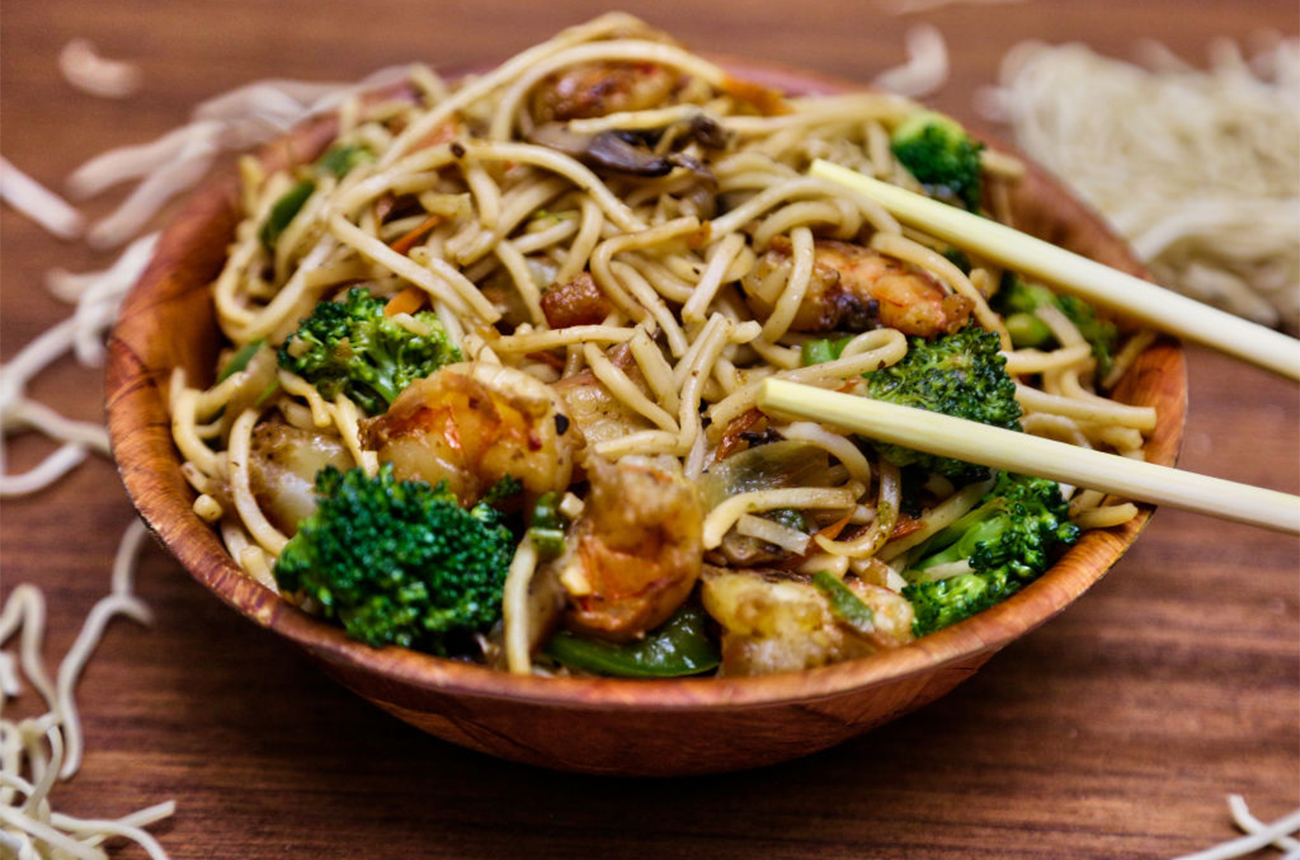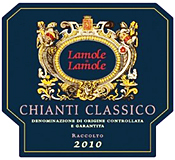Pairing wine with Chinese food

Wine with Chinese food: Five styles to consider
- Aromatic whites: Riesling (dry, off-dry), Gewürztraminer and Asti Spumante
- Chardonnay-based sparkling wines: Champagne and English sparkling wines
- Fruit-forward reds: New World Pinot Noir, Gamay, and Barbera
- Off-dry, easy-quaffer white blends and rosé
Pairing ideas for a full-on feast
If you are after a full-on, authentic Chinese feast experience, forget about the one-wine-to-each-dish pairing routine, as dishes of diverse ingredients and clashing flavours are bound to be served together.
What you need is an all-rounder that works with the whole feast. Refreshing sparkling wines are the obvious choice. The abundance choice of Champagne, English fizz, Cava and well-chilled Prosecco works perfectly as palate-cleansers. If the dishes are red meat-heavy or with a strong seasoning, a sparkling red such as Lambrusco will do the trick.
Aromatic whites with a touch of residual sugar (such as Kabinett Riesling and Gewürztraminer) tend to work in synergy with steamed fish and dishes with strong scents of herbal spices. For the young drinkers in China, the white blossom fragrance and friendly sweetness of Asti, nicknamed the ‘little sweet drink’, is always a welcomed easy-quaffer at Hot Pot parties.
Fruit-forward, ripe and supple red wines such as a New World Pinot Noir or Southern Italian reds such as Nerello Mascalese also have a place on the table, especially when your dishes are heavy on red-braised seasoning (which usually involves soy sauce and sugar). Barbera with its soft-boned tannins and fresh acidity is another reliable candidate.
I would avoid muscular reds with robust tannin when pairing with a complex feast. If you see multiple sweet-and-sour dishes on the table, avoid zero-dosage fizzes and bone-dry whites with austere acidity.
Common takeaways
Chinese takeaways provide a simpler, Westernised approach to the vast possibilities of the country’s diverse cuisines. You’ll find familiar options and popular single dishes available almost everywhere, making specific wine pairing an easier task. Below are some suggestions for pairing wine with Chinese food commonly found in the UK and US.
Wine with dim sum
Among the eight great Chinese regional cuisines, Cantonese food is arguably the most widely found in Western countries.
Cantonese Dim Sum offers a huge variety of food in relatively small portions. The most commonly found varieties outside its home country include steamed dumplings, spring rolls, and soy-seasoned meats.
The fresh material, relatively mild, savoury flavours combined with tender textures call for Chardonnay-based still and sparkling wines. Opt for Blanc de Blancs Champagne for the autolytic creaminess and decent freshness for Shumai, and try a mineral, saline Manzanilla for prawn dumplings.
Spring rolls with crispy skin and mild vegetable fillings could benefit from a fresh and clean white. A youthful Gruner Veltliner or green apple-tinged Picpoul de Pinet would fit the bill perfectly.
For steamed barbecued pork buns (Cha Siu Bao), the salty-sweet, rich fillings would pair nicely with a refreshing off-dry Riesling or a chilled Moscato d’Asti.
Light-hearted, ripe and easy-drinking reds, such as warmer-climate Pinot Noir also work with Cha Siu (braised pork bellies). But tannins and high acid may not get along with the mildly sweet dough.
When pairing wine with dumplings and pan-stickers, heavy, tannic reds should also be avoided.
Wine with chow mein (fried noodles) and fried rice
Fresh ingredients are tossed into sizzling oil and fried in giant woks over blazing flames, with soy sauce, oyster sauce, spices and (optional) spring onions added, and you have it – carbohydrates, proteins and vegetables – everything you need is packed in one hearty dish.
As much as they are satisfying, these greasy dishes cry for acidity to refresh your palate.
A German Riesling or an English Blanc de Blancs with razor-sharp acidity are their natural pairing partners, although we wouldn’t say no to a linear, mineral Chablis.
Find more tips on pairing wines with fried rice here.
Wine with crispy duck and pancakes
This beloved duck dish bears some resemblances to the famous Peking duck, although it’s generally deep-fried rather than roasted.
Hoisin sauce is a must, and the authentic experience is completed with shredded cucumber and spring onion wrapped in thin pancakes.
Pinot Noir is usually the go-to partner for the combination of hoisin and duck. But if you don’t want the obvious answer, a youthful Gamay with its bright red fruits also does the job nicely.
Spätlese Riesling, with a touch of sugar to round off the crisp green fruits, is a good option if you prefer whites.
Wine with sweet and sour dishes
As a matter of fact, General Tso’s Chicken has nothing to do with the real General Tso, and orange chicken hardly resembles its ‘origin’ – tangerine chicken of Hunan province. That said, there’s nothing stopping us from enjoying these richly sweet and sour dishes.
The interplay of sugar and acidity in these dishes, however, poses some challenges to wine pairing.
Residual sugar is the key here – and aromatic whites such as Gewürztraminer and Torrontes, with their distinctive aroma profile, can add an extra layer of flavour to these fruity dishes.
Wine with Sichuan-style spices
A cold sparkling wine can do wonders to cleanse the burn of Sichuan-style spices – be it Prosecco, Asti or Brut Champagne.
Again, aromatic white wines pair well with complex aromas from various spices.
You could go for sweetness, too. An Auslese Riesling or even a lighter style of Sauternes or Tokaji Aszú can work hand-in-hand with the spicy sensation.
Rosés rich in ripe berry fruits and off-dry Rieslings can be salivating soothers. Juicy reds, such as youthful Gamay or Pinot Noir, are also solid pairing partners that counter the rich flavours and cleanse the palate.
It’s worth avoiding powerful tannins and high alcohol, as they tend to enhance the heat and the burning sensation.


